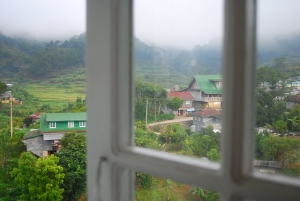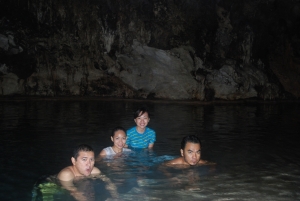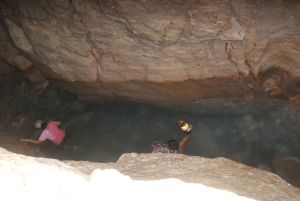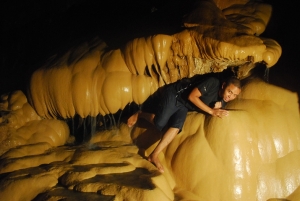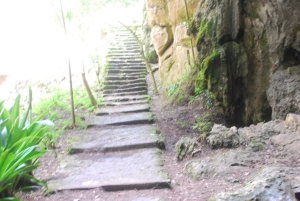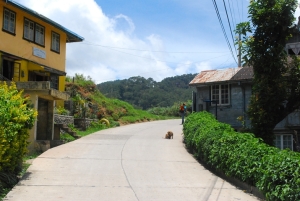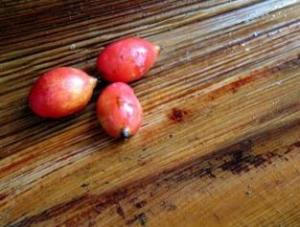Virgin Island | Cebu
Unknown
December 25, 2009
After spending the night at Bantayan Island, the next morning following a quick breakfast, I went on a long walk along the long shore of the island. I passed through nearby fishing villages and other resorts surrounded by tall coconut trees. It was low tide and many fishermen and even young children from the nearby villages have come to harvest oysters and clamps with their bare hands.


























